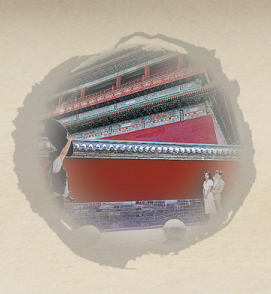
 An exterior view of the Drum Tower. CHEN ZHONGHAO/XINHUA
An exterior view of the Drum Tower. CHEN ZHONGHAO/XINHUA
Regulations state that such breaches are unforgivable, and that any damage to immovable cultural relics, and ancient buildings and trees in the protected area of the Beijing Central Axis should be punished.
Behavior causing loss of public or private property in violation of the regulations should be punished with a fine, and the offender held responsible, the regulations state.
Qin said protection of the Central Axis is covered by local legislation approved by the Beijing Municipal People's Congress, while the Great Wall, the Peking Man heritage site at Zhoukoudian, and the 13 Ming imperial tombs in the capital are protected by municipal government regulations. Local legislation is generally believed to be more effective than local government rules in China.
In addition, the need to protect intangible cultural heritage on the Central Axis, as stated in the regulation passed in May last year, means that traditional folk customs not only embody the collective memory of the axis among Beijing citizens, but also reflect the folk culture of the capital's natives and traditional Chinese architectural techniques, Qin added.
The regulation also encourages residents living within the protected area of the axis to take part in cultural activities to preserve their memories of Beijing's historical culture and promote the integration of such culture with modern life.
Qin said the regulation is aimed at improving public participation in the use and inheritance of cultural resources. The term "public participation", which features prominently in a chapter title of the central axis protection regulation, has rarely been seen in previous legislation related to conserving heritage, she added.